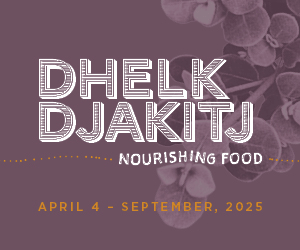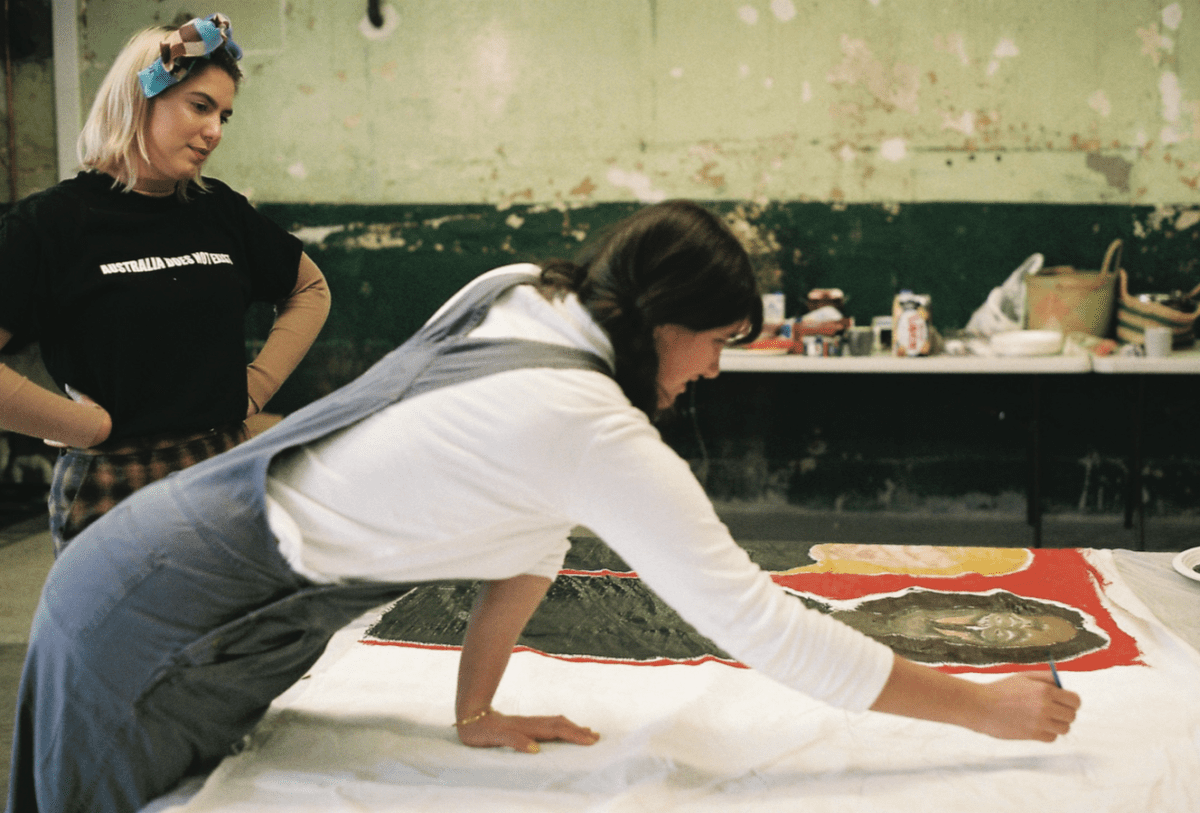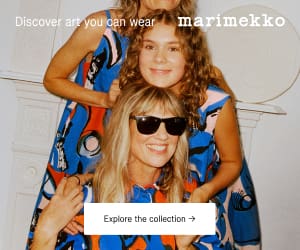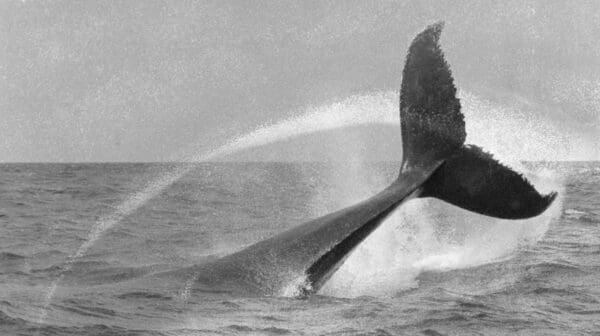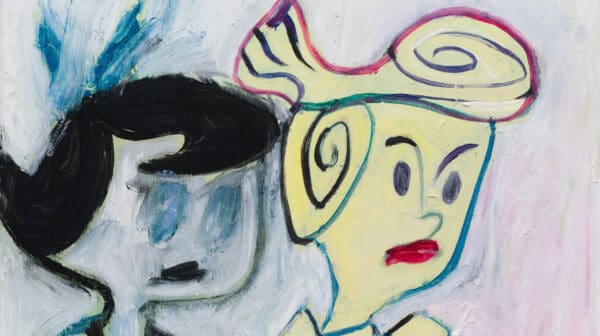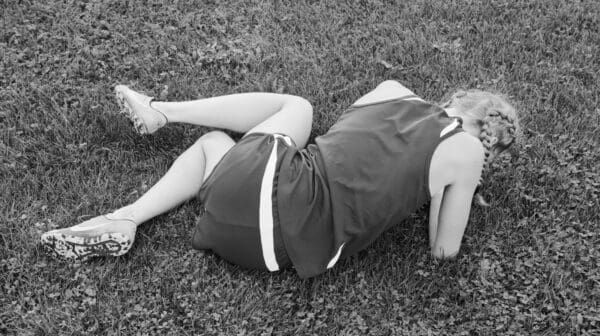The evolving collective this mob, founded by Kate ten Buuren, creates a nurturing and deadly space for Blak artists.
For Taungurung artist and curator Kate ten Buuren, art making is as much about the connections that can be made in the space around the work as it is about the work itself. Kate is the founder of this mob, an open and evolving First Nations arts collective based in Narrm. Kate notes that the aims of this mob are “to build strength between Aboriginal and Torres Strait Islander peoples, celebrate blakness, and destroy imposed boundaries that try to inhibit our creativity and culture.” This is done through creating a community of practice around the making of group shows which allow First Nations artists to ask questions and give feedback on one another’s creative works. By providing mentorship, collaboration, and collective feedback for creative development, this mob intends to address the problems that arise when First Nations art is judged by non-Indigenous audiences and institutions.
this mob’s work is done in response to the frequent alienation that can be felt by First Nations arts practitioners in gallery spaces, curatorial engagements, and other institutional settings.
Ten Buuren remembers feeling isolated as an art student, and having her work critiqued by non-Indigenous class members. “They did not have the level of understanding that my work needed to really engage and discuss the content and themes which did not allow for a proppa critique. It became really clear at that point that it’s crucial to be surrounded by other Blakfullas when making art,” she said. After completing the Emerging Cultural Leaders Blakstream program at Footscray Community Arts Centre, ten Buuren surveyed First Nations artists online, and noted that “90 per cent of people [surveyed] said that they didn’t have adequate space to develop and explore their practice.”
This response has strongly informed her practice as a curator. this mob’s projects prioritise collaborations between First Nations artists and claiming spaces of safety for Blak artists to make and develop their works together with each other as mentors.
Building on their previous work — beginning in 2016, this mob has had work in Melbourne Fringe Festival, held a retreat in 2017, and has exhibited at Footscray Community Arts Centre and Blak Dot Gallery — their recent exhibition Because of Her, we can: HEAL at Schoolhouse Studios in Collingwood brought together a group of women and gender non-conforming artists. The show’s focus was on the work of First Nations women in activism, healing, self-care, support, and fighting racism and misogyny. this mob artists, this time including Natalie Ironfield, Alice Skye, Edwina Green, Sapphire Muir, and Rubii Red, exhibited works in the space. Natalie Ironfield presented part of a developing photography project Blak is Beautiful, a portrait series highlighting the strength and beauty of Aboriginal young people living in Narrm. The series focused on women and was developed out of a desire to disrupt and reject what Ironfield refers to as the problematisation of Blak women in the media, and to emphasise and celebrate strength and beauty in the portraiture.
Co-curator Kalyani Mumtaz was integral to developing and collaborating with the artists, and created a painting with the exhibiting
artists showing seven Indigenous women and non-binary people with slogans on their t-shirts, which was hung in a position overseeing the gallery. “We wanted to create something that interrupted the whiteness of the space in which it’s hung. We wanted people to walk into that space and really reflect on their positions,” says ten Buuren. The large scale collaborative work hung outside the exhibition in the Schoolhouse foyer as a deliberate assertion of politicised First Nations presence.
The mentorship process for Because of Her, we can: HEAL was carried out over two days and also involved established First Nations women.
The intergenerational aspect of this collaborative process was emphasised.
“We sat around, ate food, and spoke about things that we don’t often get the time and space to talk freely about,” says ten Buuren. “The opportunity to sit down with more established Blak artists, in a way that fosters your growth as an artist, is an invaluable experience that isn’t provided in mainstream education settings or the workplace, and for young mob it can seem really inaccessible. this mob believes mentorship is a really important part of our learning: to spend time with our Elders, learn the right protocols, and seek advice that will help our practice as a collective.”
This article was originally published in 2018.
this mob fundraiser
via Instagram
22 March—6 April


